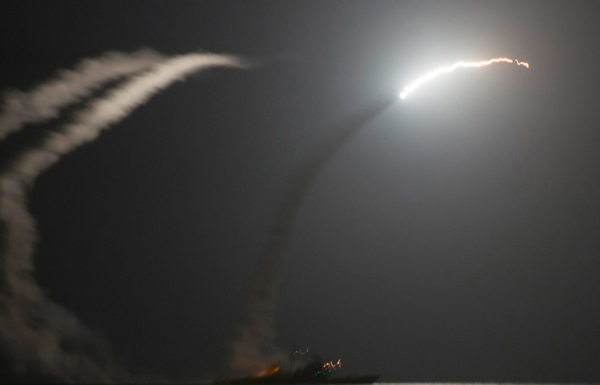Valemax leaves destruction in its wake

400,000 tonnes of dead weight
Number one iron ore producer Vale’s first of 35 mega-carriers capable of carrying 400,000 tonnes of dry bulk cargo embarked on its maiden voyage to Dalian, China in May 2011.
The 362-metre-long and 65 metre wide Valemax class which can carry more than twice as much as the next size dry bulk vessel only made it halfway there.
Then Chinese officials egged on by the country’s shipping firms and steel industry decided ban the giant vessels which cost more than $100 million a shot from the country’s ports over fears of the impact on supply and prices.
While 15 of the giant ships have already been christened, the ban remains in place and now two companies associated with the Valemax – privately-owned shipbuilder China Rongsheng and fleet operator STX Pan Ocean – are in dire financial straits.
WSJ reports China Rongsheng, which built the first 12 Valemax vessels, is seeking government assistance to help with its $2.5 billion debt pile after its bankers would not stump any more funds.
The firm struggling with overcapacity recently laid off 40% of its staff and its Hong Kong listed shares tanked 11% to a record low today following a 20% retreat on Friday. The Valemax order was at the time the world’s biggest single shipbuilding contract by deadweight tonnage, but whether the contract played a role in China Rongsheng’s troubles is unclear.
Reuters reports STX Pan Ocean filed for court receivership on Friday due to a liquidity crunch. The Korean company signed a rich $5.8 billion 25-year contract in 2009, to own and operate eight Valemaxes built by its shipbuilding arm and and equally large contract with a Brazilian pulp manufacturer.
Should the full Valemax fleet enter service it would be able to haul about 44 million tonnes a year to China, which consumes more than two-thirds of the world’s 1.2 billion tonne seaborne iron ore trade.
Rio de Janeiro-based Vale, which controls a quarter of world supply, decided on the VLOC (very large ore carrier) strategy to help it compete with its Australian rivals BHP Billiton and Rio Tinto which enjoy much shorter and cheaper routes to Chinese ports.
Currently 80% of the world’s iron ore is borne by so-called Capesize vessels and Vale has been forced to use transit centres in Africa and a distribution facility in Malaysia to bring ore to its customers in China because of the ban.
China’s iron ore imports rose to 65.6 million tonnes in May, according to the latest customs data.
Over 50% of China’s intake that month came from Australia, and just 17% from Brazil.
{{ commodity.name }}
{{ post.title }}
{{ post.date }}

Comments